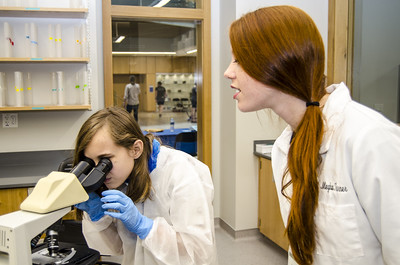Last month, the National Student Clearinghouse Research Center published updated enrollment data for US colleges and universities. The figures show enrollment drops from 2019 to 2021. While every type of educational institution suffered enrollment losses, community colleges suffered more than most. Michigan’s numbers illustrate why it is essential to support the lifeline “free community college” programs here.
According to the NSCRC data, Michigan’s Spring community college enrollment dropped from 138,578 in 2019 to 121,333. That’s an overall decline of nearly 12.5% across all public 2-year colleges in Michigan. By comparison, Michigan four-year institutions suffered enrollment losses of 6.5% during the same period.
Not surprisingly, certain academic areas experienced both falling enrollment and high labor market demand for graduates. Manufacturing, physical sciences and culinary arts experienced the largest decline in enrollment. Communications technologies and mechanics rounded out the top five academic areas that suffered the biggest losses.
The impact of COVID-19 on higher education is undeniable, but the enrollment data show some opportunity for rebuilding program enrollment. Although the enrollment data do not show why the declines are so great, the lack of in-person instruction certainly played a role.
Enrollment data highlight areas of need
From an employment standpoint, virtually all of these areas show strong demand for trained workers. WCC should make a concerted effort to recruit students into academic programs in these areas. (Unhelpfully, the WCC administration decided to terminate the Culinary Arts program at a time when the demand for culinary professionals is increasing.)
One area that saw significant decline is English Language and Literature. This likely represents a significant reduction in university transfer candidates. It may have happened because universities have temporarily relaxed their admissions requirements. Although many universities eventually expect to return to their pre-pandemic admissions requirements, what they actually do remains to be seen.
Two-year public community colleges also experienced significant declines in enrollment in Mathematics programs. The demand for STEM graduates is very high, so making an effort to recruit more students into these programs is important.
Recruiting students into these areas of need may include offering grants, scholarships and other perks that can entice students back into the classroom.
Equally unhelpfully, WCC has eliminated the Children’s Center, which only serves to make it more difficult for female students to consider STEM-related study fields. WCC’s offer of subsidized childcare missed the mark, since drop-in childcare is not likely to be widely or reliably available for qualifying students. Decisions like the one to close the Children’s Center must be viewed not strictly from a dollars-and-sense perspective. Rather, the Administration and the Board of Trustees should look at the broader benefit of providing childcare to women who are attempting to enter these high-value, high-demand career fields.
Photo Credit: UK’s College of Agriculture, Food and Environment , via Flickr




























